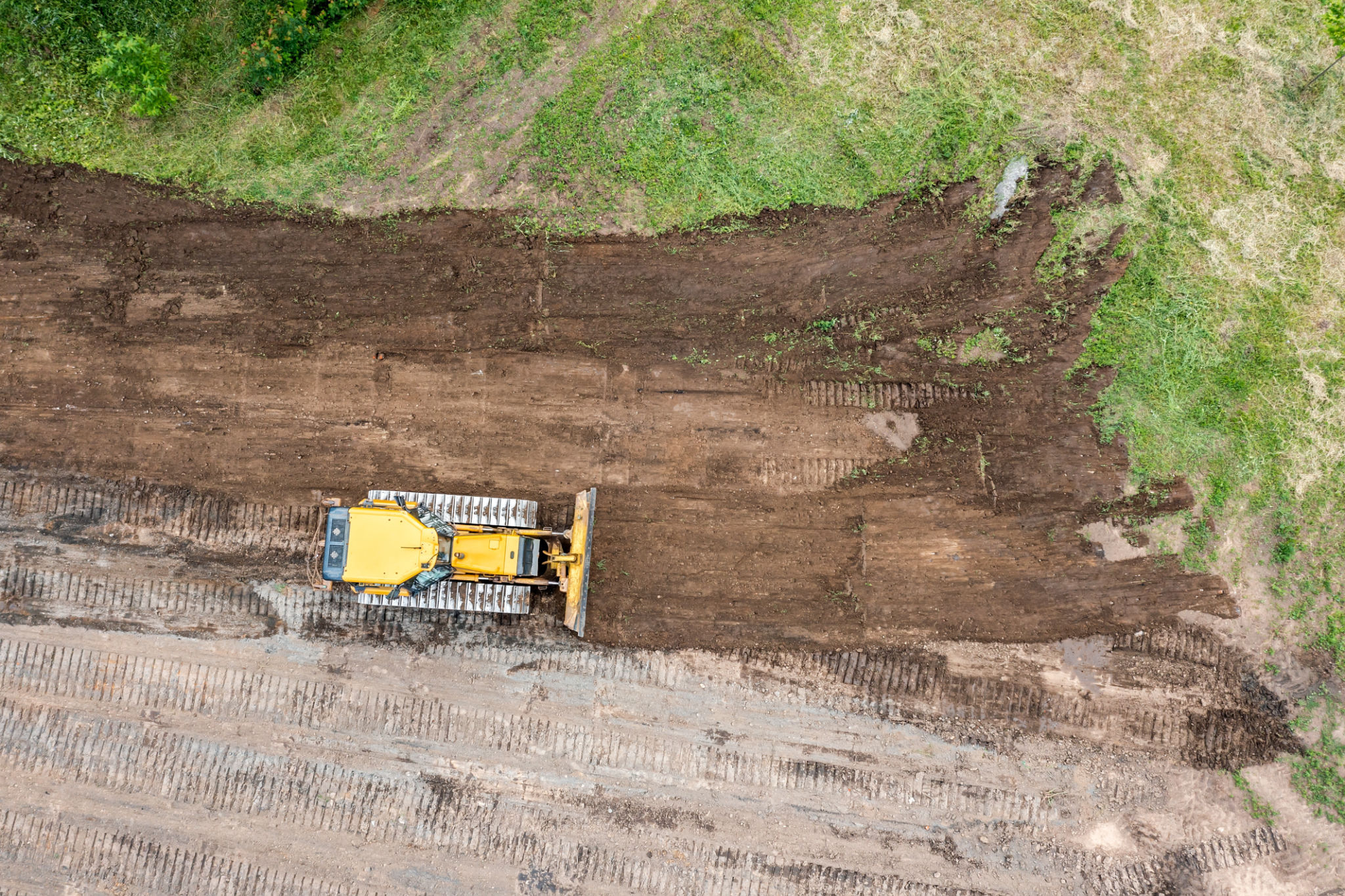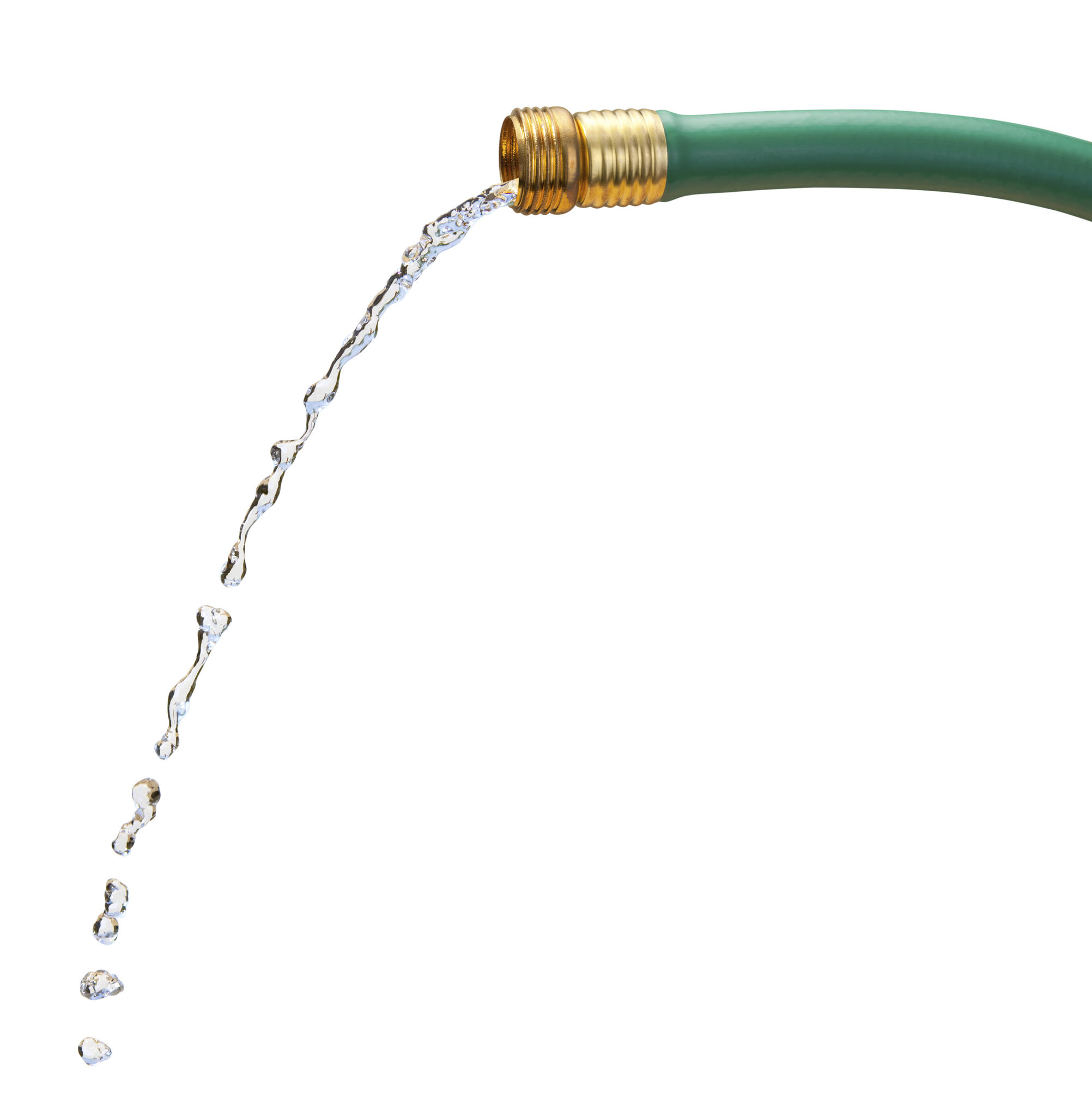DIY Tips for Minor Foundation Maintenance to Prevent Major Repairs
Understanding Your Foundation
Your home's foundation is crucial to its overall stability and safety. While professional inspections are essential, there are minor maintenance tasks you can perform yourself to prevent significant repairs down the line. Regular upkeep can help you catch small issues before they become costly problems.

Regular Inspections
Begin by conducting regular inspections of your foundation. Look for visible cracks, uneven flooring, or doors and windows that don't close properly. These could be signs of foundation issues. If you notice any concerning changes, it may be time to call in a professional for a more thorough assessment.
Inspecting Exterior Walls
Check the exterior walls of your home for any cracks or gaps. Small hairline cracks are typically not a major concern, but larger cracks may indicate movement in the foundation. Use a measuring tape to track the width of these cracks over time to see if they are expanding.

Maintaining Proper Drainage
Proper drainage is essential for preventing water from accumulating around your foundation. Ensure that your gutters and downspouts are clear of debris and effectively channel water away from your home. Consider installing downspout extensions if water pools near the foundation.
Grading Your Landscape
The soil around your home should slope away from the foundation to facilitate proper drainage. If necessary, add soil to create a slope, ensuring water flows away from the house. This simple step can greatly reduce the risk of water damage to your foundation.

Controlling Moisture Levels
Maintaining consistent moisture levels in the soil around your foundation is important. During dry periods, use a soaker hose to gently water the soil, preventing it from shrinking and pulling away from the foundation. Be cautious not to overwater, as excessive moisture can be just as damaging.
Using a Foundation Watering Schedule
Implement a foundation watering schedule during hot, dry months. Watering in the early morning or late evening is most effective, as it reduces evaporation. This practice helps maintain soil consistency and prevents foundation shifting.

Sealing and Repairing Cracks
If you find small cracks in your foundation, you can often seal them yourself with a high-quality concrete sealant. Clean the crack thoroughly before applying the sealant to ensure proper adhesion. For larger cracks or those that seem to worsen, consulting a professional is recommended.
Using Epoxy Injection for Repairs
For more significant cracks, an epoxy injection kit can be useful. This method involves injecting epoxy into the crack to bond and reinforce the concrete. However, ensure you follow the instructions carefully or seek professional help if you're unsure about the process.